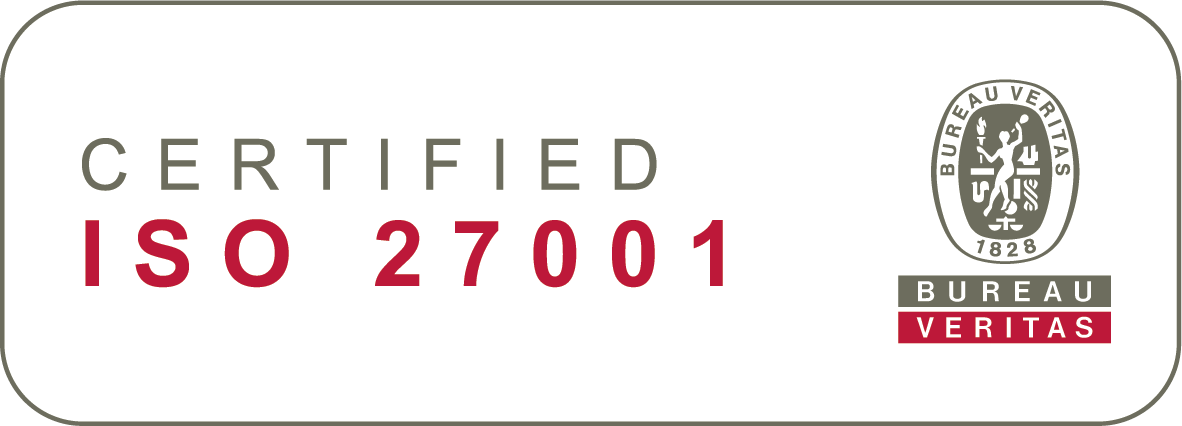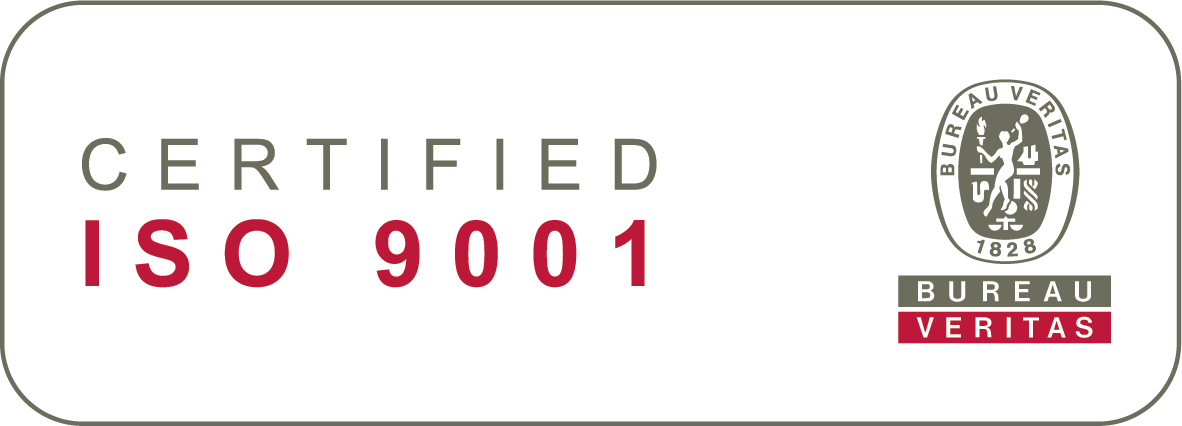Introduction: Thriving amidst the moving pieces
Originally a small, family-owned organisation with a strong company culture centred on fun, value, and growth, Sympa has greatly expanded its operations over the past two decades. This success has led to the company being snapped up by private equity investors PSG in 2020.
To fuel our growth and new market entries, Sympa recruited more than 70 new Sympaticans in 2021 alone, with many more in the pipeline for 2022. With so many moving parts, it is therefore extremely important we maintain a strong company culture that embraces new recruits and seasoned employees, especially as hybrid work appears here to stay.
At Sympa, transparency and clear guidelines are the process bedrock that ensures information reaches the right parts of our organisation. And, as we are our own HR customer, we thought it would be valuable to show you we take our own medicine. So, let’s look at how our employees, line managers, and HR team use our platform across all our HR functions.
First up, we talked to a mixture of recently joined and veteran Sympaticans to understand how Sympa supports their work:
● Elizabeth Chan – Marketing Manager, Norway
● Jenni Heiskanen – Business Development Manager
● Santeri Hämäläinen – Customer Success Marketing Manager
Chapter 1: Onboarding is a prime opportunity to win hearts and minds
As the first step in a Sympatican’s journey, onboarding is a prime opportunity to make positive, lasting impression. Our onboarding focuses on immersing new recruits in our company culture from the get-go, teaching them our ways of working and processes, and sharing advice on how to enjoy a successful career at Sympa.
Securing trust
Upon signing their employment agreement, new Sympaticans immediately receive a link that lets them add their basic information to our system. This quick and easy task also lets employees explore how the system works and what they can expect to come their way in the future. Aside from onboarding, they will see modules for competence development, appraisals, and providing feedback further down the line.
While Elizabeth, Santeri and Jenni told us they didn’t use Sympa every day, they did say they could trust the system to provide important information like 1-on-1 feedback and salary info when needed. This quick and easy, self-service solution also builds trust in us as an employer, as all their info is accessible, present, and current.
“It makes my life easier as an employee because line managers and HR managers have the information they need to take better care of me”, said Elizabeth.
Santeri: ‘’I especially appreciate the visibility of having my basic and work information all stored in one place. It simplifies communications in situations where I, for example, need to take a day off due to a sick child.’’
Feeling at home from the get-go
It’s nice to offer gifts to celebrate new relationships, and onboarding is no exception. New employees typically receive their work tools and Sympa hoodie before their start working. On day one, all they need to do is log into their Sympa account and enjoy what the onboarding process has to offer.
Santeri comments: “Sympa’s culture is clearly visible in the hiring process, which helped me understand how it would be to work at Sympa – and how easy-going people are – before I started. I even received a hoodie before my first day at work!”
Hoodies, work tools, department intros, culture points, comms channels, processes, and more. All different pieces of the onboarding puzzle, yes, but serve one main purpose: to help Sympaticans successfully navigate their new digital and office working environments.
And as new Sympaticans complete their onboarding tasks, they intuitively learn how to use the Sympa system, as Jenni noted: “In Sympa, you cannot mess anything up as a basic user. So, it’s up to you how much you want to explore,’’ she added.
Chapter 2: Onboarding, offboarding, and everything in between
It’s been almost two years since how and where we work changed permanently. As workplaces continue to navigate through all things remote and hybrid, HR is increasingly called on to streamline workflows, empower and engage teams, and optimise for future growth.
And, alongside its traditional responsibilities, HR now works hard to give employees the tools, skills, processes, and support they need to keep thriving in their roles. In today’s candidate driven job market, we want to do everything we can to give Sympaticans a long-lasting, fruitful career at Sympa.
A centralised system that creates structure
Effective and efficient onboarding through the Sympa platform is a great first step. But it doesn’t end there. After the onboarding process, we use Sympa to communicate important info in order to keep our culture vibrant across all locations, even in remote settings.
Our foundation is a clear employment lifecycle handled in one single system. We want to clearly guide our employees through all their important career moments from hire to retire. We feel a structured, personalised employment lifecycle helps all Sympaticans work with purpose and stay motivated.
To understand how we’ve tackled this hard (but worthy) work, we met with some of the people responsible for building our lifecycle processes and leading our teams of Sympaticans:
- Anna Aarnisalo – VP of People and Culture
- Jannica Lintumäki – People and culture coordinator
- Laura Järvinen – Finance and HR Manager
- Bart Stoffels – Consultant Team Lead
- Tuomas Makkonen – Director of Customer Onboarding
- Marianne Lumme – Head of Customer Success
Leverage pre-boarding for a smooth start
In the pre-boarding phase, Sympa hiring managers send employment agreements to new recruits for e-signing. Upon accepting the job offer, new Sympaticans receive a link with their credentials before their first day at Sympa.
’’Even before they start, new employees can already provide payroll and HR with all necessary information, and voila! We don’t need to waste a day or two on basic admin and we can focus on the rest of onboarding from day one,” says Anna.
Settling into a new role
Who doesn’t love a checklist? We’ve found the most effective way for both managers and Sympaticans to keep track of the tasks they need to complete – and the progress they need to make– are by following the structured checklists we’ve added to the system.
For instance, when onboarding is completed and our Sympaticans are starting to settle into their new role, both managers and employees are prompted to schedule one-to-ones every six months. Sympaticans are also encouraged to let their manager know pre-meeting if they have performance or development areas they’d like to focus on during the discussion. A quick prompt that increases the likelihood of discussions being fruitful for all.
As a line manager, Marianne Lumme appreciates being able to help new employees settle into their roles. “The HR team has already created the processes in Sympa, so there’s no need to try to figure things out by ourselves,” she says.
Bart, who recently started a new position as a line manager, appreciates how the system has already helped him learn more about how he can support his team.
“It’s valuable having access to core HR data in one place because it helps with preparing for one-to-ones and reporting. For example, I’ve been able to learn from previous development discussions about my team members’ Sympa experiences before our first sit down. The better I understand their journey so far, the better I can help them as we move forward,” he said.
Maintaining our company culture
As a touchpoint common across all Sympaticans, we see Sympa as an essential driver of our company culture. Something that’s recently moved into a central position in our cultural discussions is Diversity, Equity, and Inclusion (DEI), and our platform gives us the data we need to maintain a fair and inclusive workplace.
Examples of this can be seen and reported through different data in the system: gender balance, various cultural backgrounds of our people, salary levels that are equal and set based on role and market level in each of our countries. We use the system to establish and define the entry salary for newcomers and can easily compare the average salary levels. Salary development is always visible for the employee and the manager which makes easy to follow the development and equality.
Engagement and development
From a people and competence development perspective, Anna uses Sympa to add role descriptions that support employee development. These role descriptions detail the core tasks and responsibilities new recruits are expected to follow, which can help them focus more on meaningful tasks.
Laura’s responsibility as Finance and HR manager requires her to keep track of data daily. As Sympa easily and securely integrates with other learning management, payroll, and recruitment systems, Laura can find all the data she needs in the same place.
“I need this information to get accurate estimates and product reports. We can trust the information is always up to date because employees can update their information by themselves when there are changes.” said Laura.
Successful retention
Every company, including ours, has to say goodbye to employees from time to time. But an effective retention strategy helps keep the number of leavers to a minimum. For us, a strong workplace culture, clear processes, and a continuous focus on employee happiness have been key factors in keeping our churn rate low, especially during a significant growth phase.
Exits interviews might be a bit painful, but they’re critical. They offer a deeper insight into why it didn’t work out with leavers, which can help you spot worrying trends and identify areas in which you can strengthen your retention strategy. When an employee resigns from Sympa, Anna uses a ready-made form for exit discussions to understand why people leave. This information is then used to continue developing and improving processes within Sympa as a workplace.
“Exit interviews have been a very important way to have open and honest discussions. While sensitive, these discussions sometimes shed light on important issues we may miss, especially as we grow. Ultimately, we want to understand how we can do better to create a workplace that keeps giving to all Sympaticans,” she said.
Chapter 3: Moving forward – deepening our talent management capabilities
We believe continuous development is the way to excellence. And, while the Sympa platform is the core of our HR foundation, we have plans to further develop the system provide even more value and support for our people and customers. Our goals over the next 12 months include:
Doubling headcount by the end of 2022
We successfully recruited over 70 new Sympaticans in 2021 alone. This year, we’re aiming to achieve a headcount of 225 Sympaticans by the end of December. While the system can easily handle our increased headcount, our core HR team is set to expand so all recruitments are properly handled.
“We’re looking to hire an in-house talent acquisition specialist, and we’re already deeply integrated with Recruitee’s ATS platform. Both will help us attract and hire the right candidates at the pace we need. And, once they’re hired, our proven onboarding processes will get things running smoothly,” said Jannica.
Building and strengthening learning paths within the company
Jannica also told us the HR team recognises the importance of providing clear learning paths within the company for all Sympaticans. “Personal development is an increasingly important factor in hiring and retaining employees, industry-wide. We’re rolling out a Learning Management System (LMS) that will make onboarding an even more rewarding experience for new recruits, and if things go well, we plan to create modules for situations like internal position changes and management training,” she added.
Entering new markets
Sympa has already signed its first customers in the UK, and we will establish our foothold in Germany in spring of 2022. With Sympaticans spread across Finland, Sweden, Norway, Denmark and the Netherlands, our system is a critical tool to support market expansions while ensuring compliance and equality of employee experience.
Transparency, guidelines, and consistency in how employees are treated are extremely important for success, according to Anna:
“For example, we need to build the entire HR function when we enter the German market. It needs to include things like agreements templates in the Sympa system. But, in addition, we need to factor in how other Sympatican employments are affected by local legislation and market conditions. It’s a tricky puzzle, but we have managed to remain consistent and fair by mapping out the minimum requirements that would serve all our locations, then adding additional features, benefits, and agreements in-line with our own values – and also with what our Sympaticans value,” she said.
Conclusion
It has been a real pleasure, and a valuable exercise, to speak to the people in our company who use the Sympa platform and our HR processes to support their work lives. Both have helped us to maintain a strong company culture during the transition to hybrid, onboard over 70 new employees amidst a shifting job market, and supported employees and managers as they focus on their tasks and responsibilities.
And there’s more room to improve.
Download our remote work cheat sheet
The world of work has undergone many changes during the pandemic. One of the most significant changes is the rise of remote work, which appears to be here to stay.
Since 2020, organisations that have risen to meet the world’s challenges have heavily relied on technologies that allow people to communicate and deliver in a remote setting. Download our remote work cheat sheet, and find out how to successfully navigate the remote work era.








